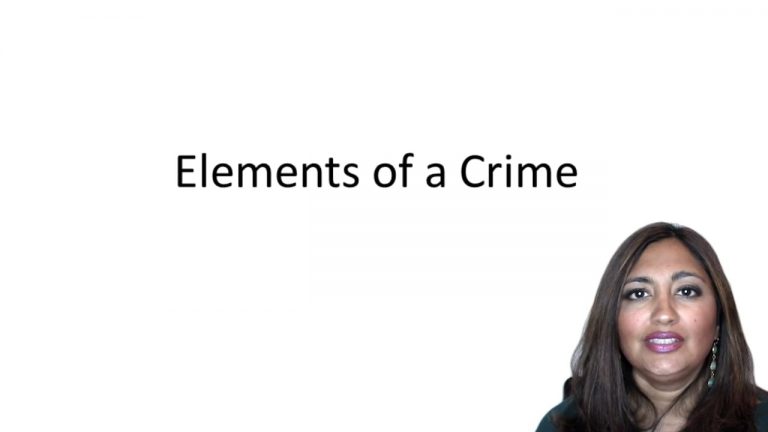SmartBrief
Confirm favorite deletion?
Criminal Law Keyed to Gershowitz
U.S. v. Sarihifard
Citation:
155 F.3d 301.Facts
Federal agents were conducting an investigation into alleged money laundering and drug trafficking at a small used car dealership in Arlington, Virginia. The owner, Ali Galadari, was a target of the government’s investigation. From 1994 to 1995, the defendant, a close friend of Galadari, worked as a used car salesman the dealership. The defendant was not the primary target of the government’s investigation, but the agents were seeking information concerning the defendant’s purchase and resale of a new 1995 Nissan Pathfinder. According to the government, the 1995 Pathfinder was purchased in the defendant’s name and sold two weeks later. The government agents theorized that the Pathfinder represented the profits of a drug transaction and that the defendant was simply a “straw” owner of the vehicle.
In January 1996, the defendant told the government agents that he purchased the Pathfinder for his own use and that he sold it to another buyer. After the defendant relayed his version of events, the agents called the defendant a “liar.” However, the defendant adhered to his story. The defendant told the same story to a grand jury. Prior to testifying, he was provided with Fifth Amendment warnings and explicitly told that he could refuse to answer any question on the ground that it might incriminate him. The United States Attorney informed the grand jury that the defendant had not provided truthful testimony and to disregard his testimony for the purposes of examining the possible illegal activity at the dealership.
During the following months, the government intensified its investigation and several people accepted a plea deal in exchange for admitting that the sale of the Pathfinder was consummated in furtherance of a money laundering scheme and that the defendant fulfilled a pivotal role in the scheme by acting as the straw owner of the vehicle.
The defendant was convicted of perjury based on what he testified to at the grand jury hearing. He appealed.
Only StudyBuddy Pro offers the complete Case Brief Anatomy*
Access the most important case brief elements for optimal case understanding.
*Case Brief Anatomy includes: Brief Prologue, Complete Case Brief, Brief Epilogue
- The Brief Prologue provides necessary case brief introductory information and includes:
Topic:
Identifies the topic of law and where this case fits within your course outline.Parties:
Identifies the cast of characters involved in the case.Procedural Posture & History:
Shares the case history with how lower courts have ruled on the matter.Case Key Terms, Acts, Doctrines, etc.:
A case specific Legal Term Dictionary.Case Doctrines, Acts, Statutes, Amendments and Treatises:
Identifies and Defines Legal Authority used in this case.
- The Case Brief is the complete case summarized and authored in the traditional Law School I.R.A.C. format. The Pro case brief includes:
Brief Facts:
A Synopsis of the Facts of the case.Rule of Law:
Identifies the Legal Principle the Court used in deciding the case.Facts:
What are the factual circumstances that gave rise to the civil or criminal case? What is the relationship of the Parties that are involved in the case.Issue(s):
Lists the Questions of Law that are raised by the Facts of the case.Holding:
Shares the Court's answer to the legal questions raised in the issue.Concurring / Dissenting Opinions:
Includes valuable concurring or dissenting opinions and their key points.Reasoning and Analysis:
Identifies the chain of argument(s) which led the judges to rule as they did.
- The Brief Prologue closes the case brief with important forward-looking discussion and includes:
Policy:
Identifies the Policy if any that has been established by the case.Court Direction:
Shares where the Court went from here for this case.
Topic Resources
Topic Outline
Topic Refresher Course

 10m 5s
10m 5s